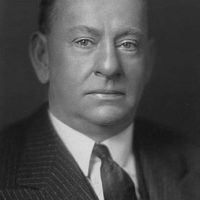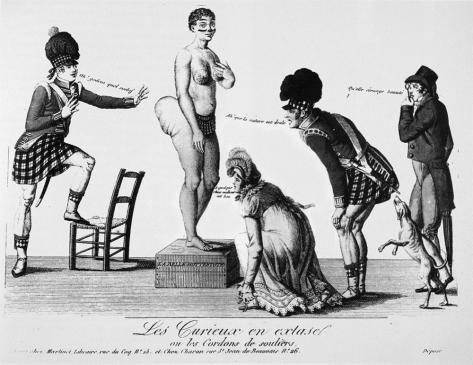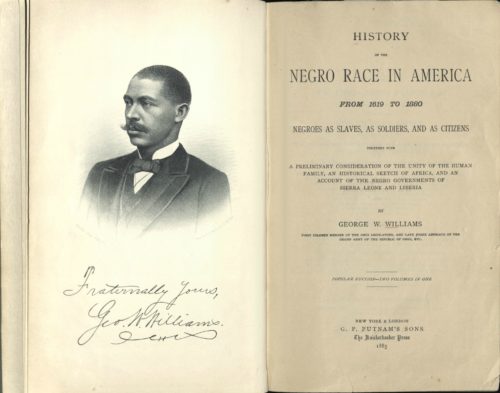Restoring Black History
Share
Explore Our Galleries
Breaking News!
Today's news and culture by Black and other reporters in the Black and mainstream media.
Ways to Support ABHM?
By Henry Louis Gates, Jr., New York Times
With the ringing of a bell and a speech from President Obama, the National Museum of African American History and Culture in Washington is to officially open its extraordinary collection to the public on Saturday. But the museum can claim another, equally important achievement: helping resolve the protracted debate about the contributions of black people to American history and, indeed, about whether they had a history worth preserving at all. Those questions were at the heart of the nation’s original debate about whether, and how, black lives matter.
For years, the issue was whether black people were fit to be more than slaves. “Never yet could I find that a black had uttered a thought above the level of plain narration; never see even an elementary trait of painting or sculpture,” Thomas Jefferson wrote. “I advance it, therefore, as a suspicion only, that the blacks, whether originally a distinct race, or made distinct by time and circumstances, are inferior to the whites in the endowments both of body and mind.”…
In the 1880s, George Washington Williams, whom the historian John Hope Franklin called “the first serious historian of his race,” published the “History of the Negro Race in America from 1619 to 1880”; he confessed that part of his motivation was “to call the attention to the absurd charge that the Negro does not belong to the human family.”
About a decade later, W.E.B. Du Bois became the first black person to earn a Ph.D. (in history) at Harvard, followed by Carter G. Woodson, a founder of Negro History Week, who wanted to make history by writing it. “If a race has no history,” he wrote, “it stands in danger of being exterminated.” Arthur A. Schomburg, the famous bibliophile, posited a solution: “The American Negro must remake his past in order to make his future.” History “must restore what slavery took away.”

This mandate to rewrite the status of the race by writing the history of its achievements was too broad to be contained only in books. Public history mattered, too. In 1915, Woodson and several of his friends established the Association for the Study of Negro Life and History, in part to popularize the study of black history. That same year, black leaders called for a memorial to honor black veterans. And a year later — exactly a century ago — Representative Leonidas C. Dyer, a Missouri Republican, introduced legislation to create a monument in their honor. After decades of resistance, that effort took a giant leap forward in 2003, when Congress passed bipartisan legislation to build the museum that was signed by President George W. Bush.
Some $540 million later, the first black president will open the museum’s doors…We can only imagine the triumph that the pioneers of black history would feel had they lived to see this occasion.

More than a museum, the building on the National Mall is a refutation of two and a half centuries of the misuse of history to reinforce a social order in which black people were enslaved, then systematically repressed and denied their rights when freed. It also repudiates the long and dismal tradition of objectifying black people in museums….
[The NMAAHC] reinscribes race at a symbolically central place in American culture, on the National Mall, where we celebrate our collective public histories, ensuring that a mountain of evidence about black contributions to America will be on permanent display. It does this on the same mall shared by those symbols of the founding fathers’ hypocritical slaveholding past, the Washington Monument and the Jefferson Memorial, which the new museum, brilliantly designed by David Adjaye, complements and also deconstructs.
Read the Gates’ full opinion piece here.
More Breaking News here.
Comments Are Welcome
Note: We moderate submissions in order to create a space for meaningful dialogue, a space where museum visitors – adults and youth –– can exchange informed, thoughtful, and relevant comments that add value to our exhibits.
Racial slurs, personal attacks, obscenity, profanity, and SHOUTING do not meet the above standard. Such comments are posted in the exhibit Hateful Speech. Commercial promotions, impersonations, and incoherent comments likewise fail to meet our goals, so will not be posted. Submissions longer than 120 words will be shortened.
See our full Comments Policy here.













Dear Dr. Henry Louis Gates , I am so fascinated by you and your research and all of the work that I have seen so far, by the way my Husband has also been intrigued by you and your shows , we thank you so much . We certainly plan to see the African American Museum in Washington D.C. sometime in the near future. My interest in family ancestry has been rejuvenated thanks to you, also after We enjoyed your shows for Black History Month. Thanks so much.